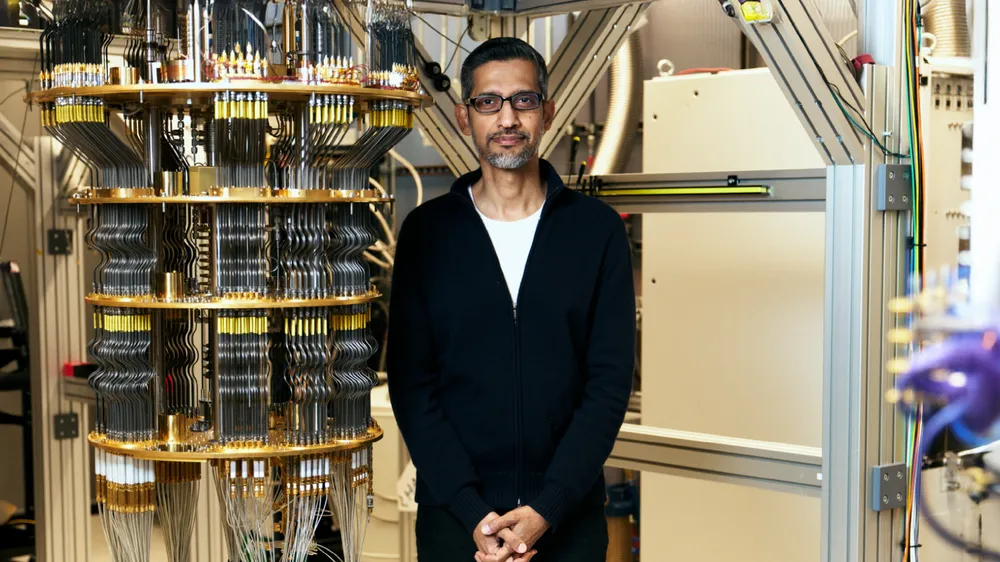Our 3D printing expert called this "one of the most impressive 3D printers on the market" - and it just got a massive price cut in this early Black Friday sale
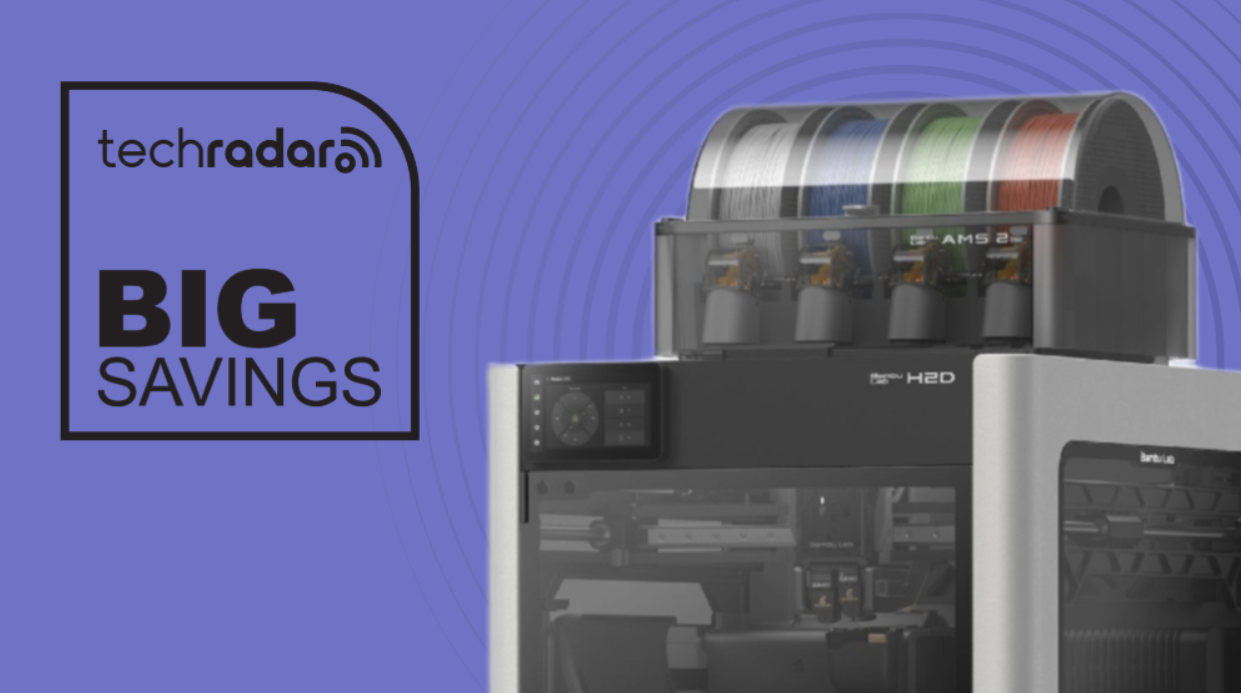





The post Bitcoin Miners’ AI Pivot: A Strategic Masterclass in Energy and Compute appeared first on StartupHub.ai.
The burgeoning demand for artificial intelligence, a computational arms race among hyperscalers, has illuminated a critical bottleneck: access to reliable, scalable power. This very challenge, as discussed by CleanSpark CEO Matthew Schultz with CNBC’s Jordan Smith, is precisely where Bitcoin miners like CleanSpark find their strategic advantage. Their conversation unveils a nuanced pivot, not merely […]
The post Bitcoin Miners’ AI Pivot: A Strategic Masterclass in Energy and Compute appeared first on StartupHub.ai.
By Jeff Seibert
I’ve been building products and companies my entire career — Increo, Box, Crashlytics, Twitter and now, Digits — and I’ve had the privilege of speaking with some of the sharpest minds in venture and entrepreneurship along the way.
One recent conversation with a legendary investor really crystallized for me a set of truths about startups: what success really is, why some founders thrive while others burn out, and how to navigate the inevitable chaos of building something from nothing.
Here are some of the lessons I’ve internalized from years of building, observing and learning.

In the startup world, we talk a lot about IPOs, acquisitions and valuations. But those are milestones, not destinations.
The companies that endure don’t “win” and stop — they keep creating, adapting and pushing forward. They’re playing an infinite game, where the only goal is to remain in the game.
When you’re building something truly generative — driven by a purpose greater than yourself — there’s no point at which you can say “done.” If your company has a natural stopping point, you may be building the wrong thing.
The best founders I’ve met — and the best moments I’ve had as a founder — come from an almost irrational pull toward solving a specific problem I myself experienced.
You may want to start a company, but if you have to talk yourself into your idea, it probably won’t survive contact with reality. The founders who succeed are often the ones who can’t not work on their thing.
Starting a company shouldn’t be a career move — it should be the last possible option after every other path fails to scratch the itch.
Most companies don’t die because of one bad decision or one tough competitor. They die because the founders run out of energy.
Fatigue erodes vision, motivation and creativity. Protecting your own drive — keeping it clean and focused — may be the single most important survival skill you have.
That means staying close to the product, protecting time for customer work, and avoiding the slow drift into managing around problems instead of solving them.
It’s easy to get caught up in competitor moves, investor chatter or market gossip. But the most important question is always: Are we delivering joy to the customer?
If you’re losing focus, sign up for your own product as a brand-new user. Feel the friction. Fix it. Repeat.
At Digits, we run our own signup and core flows every week. It’s uncomfortable — it surfaces flaws we’d rather not see — but it keeps us anchored to the only metric that matters: customer delight.
Over the years, I’ve learned the most effective boards aren’t presentation theaters — they’re discussion rooms.
The best structure I’ve seen:
Good directors help you widen your perspective. They don’t hand you a to-do list. Rather, they help you see the problem in a way that makes the answer obvious.
When I think back to my time at Twitter, the most enduring lesson is that not all companies are built top-down. Some — like Twitter — are shaped more by their users than their executives.
Features like @mentions, hashtags and retweets didn’t come from a product roadmap — they came from the community.
That’s messy, but it’s also powerful. Sometimes your job isn’t to control the phenomenon, rather it’s to keep it healthy without smothering what made it magical in the first place.
If you’re building today, you have an advantage over the so-called “unicorn zombies” that raised massive rounds pre-AI and are now locked into defending old business models.
Fresh founders can design from scratch for the new reality; there’s no legacy to protect, no sacred cows to defend.
The macro environment? Irrelevant. The only timing that matters is when the problem calls you so strongly that not working on it feels impossible.
If there’s one takeaway from all of this, it’s that success is continuing. The real prize is the ability to keep playing, keep serving and keep creating.
If you’re standing at the edge, wondering if you should start — start. Take one step. See if it grows. And if it does, welcome to the infinite game.
Jeff Seibert is the founder and CEO of Digits, the world’s first AI-native accounting platform. He previously served as Twitter‘s head of consumer product and starred in the Emmy Award-winning Netflix documentary “The Social Dilemma.”
Illustration: Dom Guzman




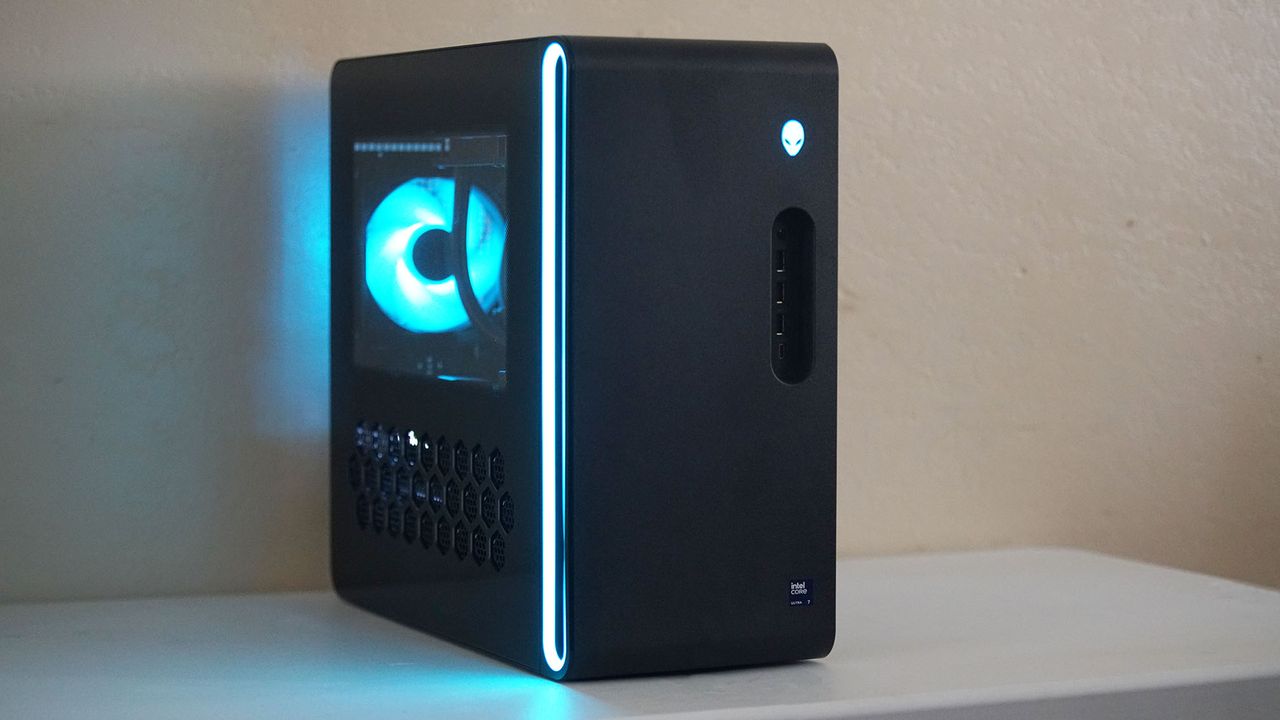
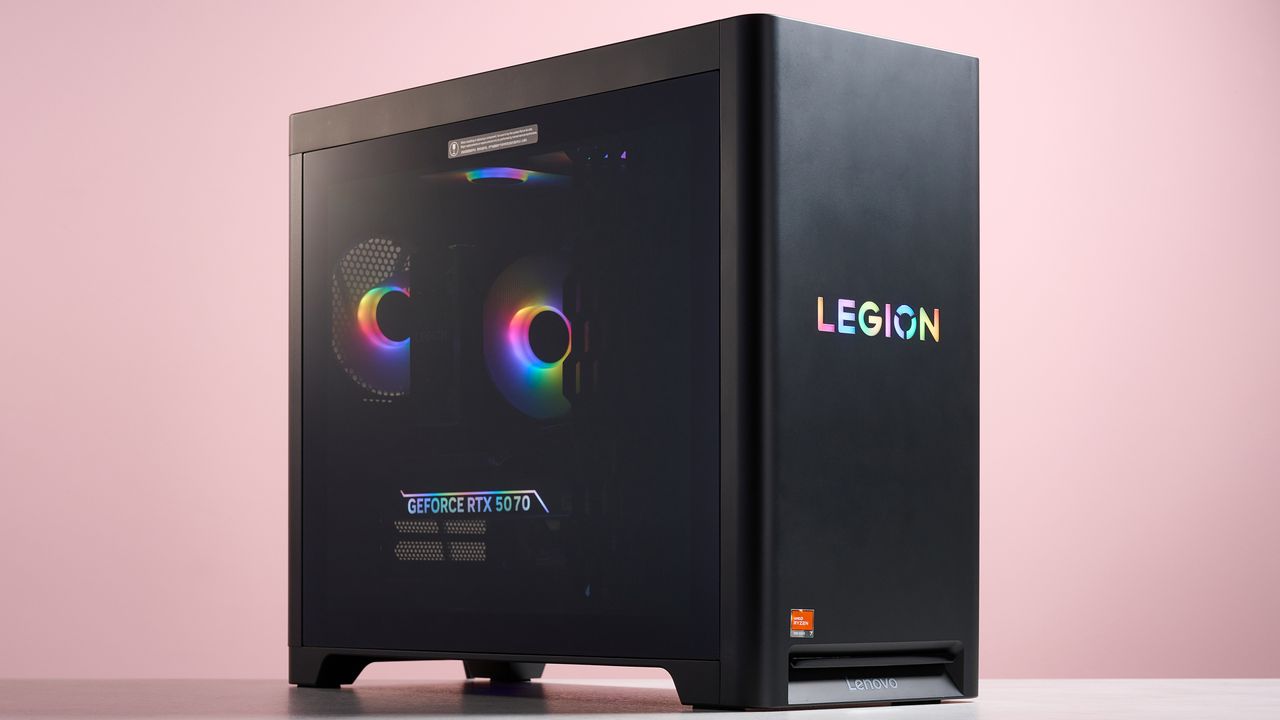


The post America’s AI Future: AMD Powers U.S. Sovereign AI appeared first on StartupHub.ai.
AMD and the DOE are launching Lux and Discovery supercomputers at ORNL, a $1 billion investment to establish secure U.S. Sovereign AI infrastructure.
The post America’s AI Future: AMD Powers U.S. Sovereign AI appeared first on StartupHub.ai.









IBM has announced a significant breakthrough in general-purpose quantum computing, as AMD's standard chips have successfully run a key error correction algorithm. AMD's FPGAs Manage to Run Qubit Error Correction Algorithms, With Up To 10x Higher than Desired Performance Well, IBM has been one of the leading entities in the race for quantum computers, excelling alongside Google in terms of milestones with the technology. However, the company is more focused on what appears to me to be 'mainstream developments', and their recent announcement appears to be a huge breakthrough. According to a report by Reuters, IBM has reportedly managed to […]
Read full article at https://wccftech.com/amd-beats-nvidia-in-quantum-computing-milestone-for-now/




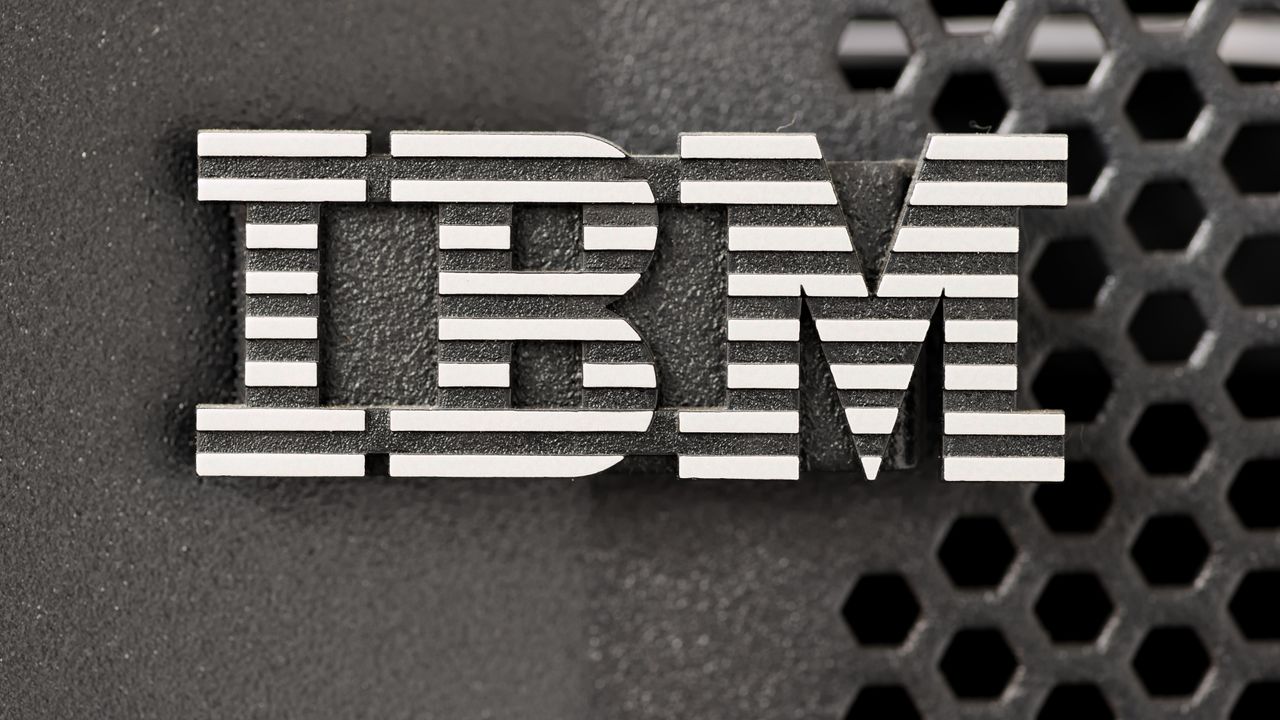

The race to harness quantum computing just saw a major acceleration. Google recently announced a significant breakthrough using its Willow quantum chip and a new method called the Quantum Echoes algorithm. This achievement moves the field closer to what researchers call “practical quantum advantage.” The latter is the point where quantum computers can solve meaningful real-world problems that are simply impossible for the best classical supercomputers to handle in a reasonable amount of time.
Google’s experiment involved a complex physics simulation. It measured a subtle quantum phenomenon known as the second-order out-of-time-order correlator (OTOC). According to Google, its quantum device performed the calculation over 13,000 times faster than the Frontier supercomputer. Frontier is currently ranked as the world’s most powerful classical machine. To put that in perspective, the task took the quantum chip just over two hours, while the supercomputer would have required an estimated 3.2 years of continuous operation.
The key to this speed is the Quantum Echoes algorithm itself. The technique works by leveraging the unique properties of qubits—the quantum equivalent of binary bits—which can exist in multiple states at once.
The process is conceptually simple. The team sends a specific signal into the quantum system (the Willow chip), introduces a tiny disruption, and then runs the entire signal evolution backward in time. As the evolution reverses, the quantum waves create a moment of “constructive interference.” This magnifies the resulting “echo,” making the final measurement incredibly sensitive. The output reveals how information spreads and interacts across the quantum system.
This approach is powerful because the result is verifiable. Unlike some previous quantum speed demonstrations, the output of the Quantum Echoes algorithm can be repeated on other comparable quantum computers and, more importantly, can be cross-checked with real-world physical experiments.
To demonstrate the real-world utility of this method, Google partnered with researchers at the University of California, Berkeley. They applied the Quantum Echoes algorithm to study the structure of two different molecules.
They compared the quantum results with those from Nuclear Magnetic Resonance (NMR) spectroscopy. NMR is a method currently used in chemistry (and the science behind MRI technology). The data from both systems aligned perfectly. Crucially, the Quantum Echoes technique managed to extract structural information that standard NMR methods typically cannot reveal, effectively acting as a “molecular ruler” with unprecedented precision.
Full-scale quantum computers capable of completely revolutionizing medicine and materials science still require hardware with millions of highly stable qubits. However, Google believes this algorithmic breakthrough is a greater stride. The company remains optimistic, projecting that the first real-world quantum applications could arrive within the next five years. This research points to a future where quantum machines are also useful for scientific discovery, not just complex speed tests.
The post New Google Quantum Algorithm Outpaces Frontier Supercomputer 13,000x appeared first on Android Headlines.

